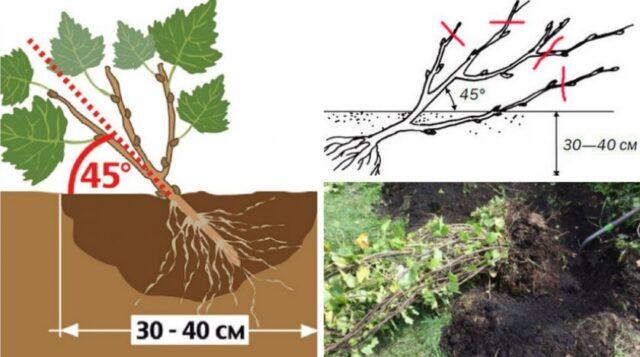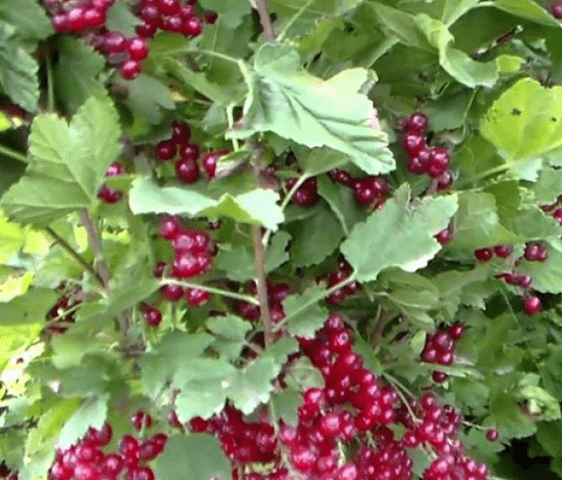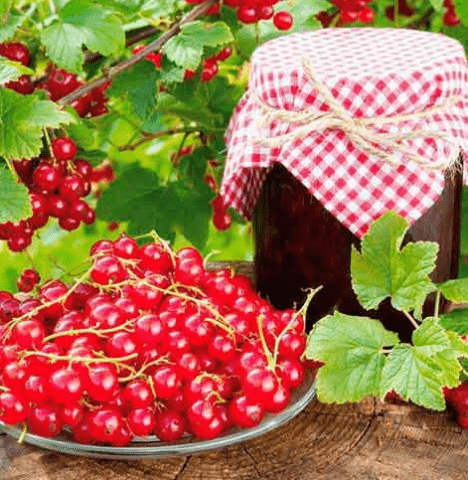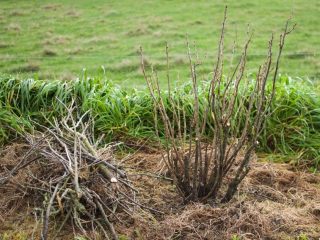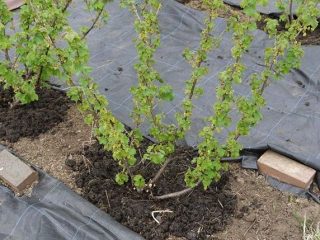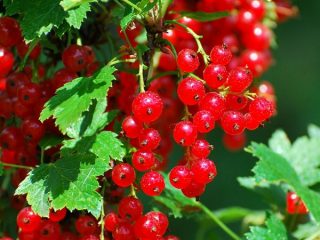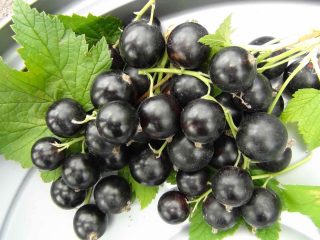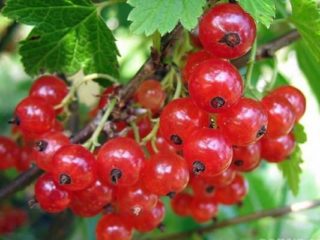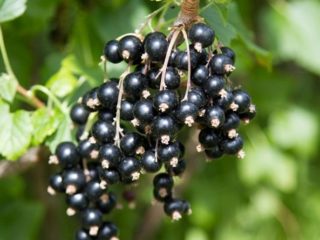Content
Red currant Darnitsa is a variety characterized by high yield, large, tasty and fragrant berries. It belongs to the fourth winter hardiness zone, which makes it possible to grow the crop in most Russian regions.
History of selection
The Darnitsa currant variety was obtained by Russian breeders based on crossing two varieties:
- Altai early;
- Rondom.
However, there is other data: this is a variety of Dutch selection, bred on the basis of the UANN IS by specialists Kopan V.P. and Kopan K.M. (Ukraine). The crop is mid-early, characterized by good winter hardiness, high immunity and ease of care. It is not included in the register of breeding achievements of the Russian Federation, but is known to many gardeners.
Description of the red currant variety Darnitsa
The red currant bush Darnitsa is erect, with strong shoots of moderate thickness. The branches are spreading, the crown is dense.The branches are pinkish in color, have no pubescence, and darken with age. The plant is vigorous, reaching 150–170 cm in height.
Currant Darnitsa is distinguished by very large berries of bright red color. The fruit weight reaches 1.2–1.5 g, which sets them apart from many other varieties. The taste is pleasant, balanced, with hints of sweetness and delicate sourness. The tasting score is high - 4.75 points. The surface of the berries is shiny, the skin is moderately dense, the peel is dry, so it is convenient to harvest by hand.
You can use them to make jelly, jam, juices, fruit drinks, mousses and even homemade wine. The fruits can also be frozen to be eaten fresh in winter.
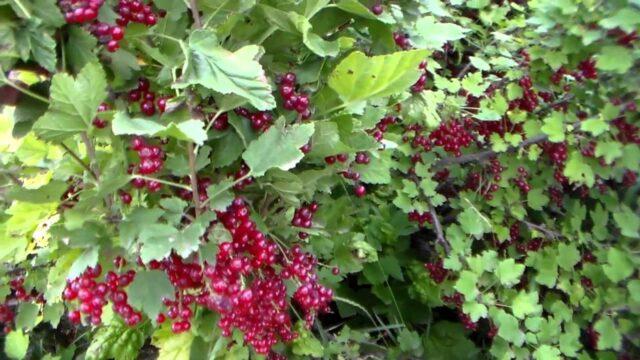
Red currant Darnitsa bears fruit in early July
Characteristics
The variety is characterized by good resistance to adverse weather conditions, diseases and pests. The bushes produce a stable harvest even if the minimum growing rules are observed.
Drought resistance, winter hardiness
The red currant variety Darnitsa is characterized by high winter hardiness (zone 4, can withstand frosts down to -34 degrees without shelter). Therefore, bushes can be successfully grown both in the middle zone and in the south, as well as in regions with a more severe climate:
- Northwest;
- Ural;
- Siberia;
- Far East.
The variety tolerates drought well. To reap a good harvest of berries, you should water the plant weekly during hot periods.
Pollination, flowering period and ripening time
Red currant Darnitsa is self-pollinating: its flowers form ovaries on their own without the participation of bees and other pollen carriers. Flowering begins in mid-June, fruiting period is mid-early: the fruits ripen in the first half of July.
Productivity and fruiting, keeping quality of berries
The red currant variety Darnitsa is a fruitful variety. In favorable weather conditions and subject to proper agricultural practices, 10–12 kg of berries can be harvested from one adult bush. Ripening proceeds smoothly, in one wave, which makes harvesting much easier.
The berries have a medium-thick skin. Therefore, they do not have long shelf life. For the same reason, fresh fruits cannot be transported over long distances.
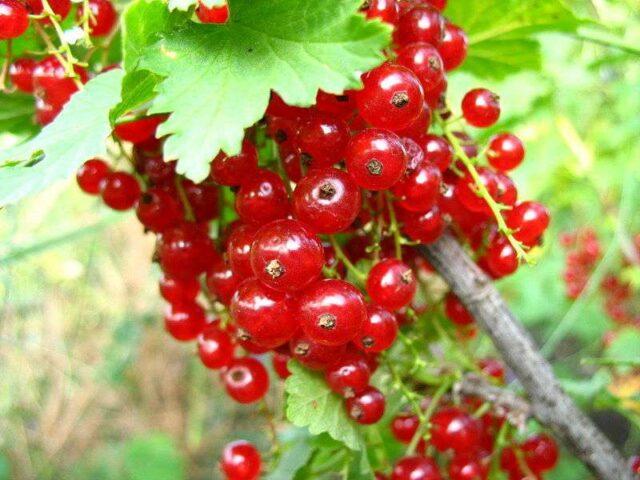
Ripe Darnitsa berries come off the petioles well, leaving no pulp behind
Resistance to diseases and pests
Red currants have very good immunity. The Darnitsa variety rarely suffers from the following common diseases:
- anthracnose;
- powdery mildew;
- septoria.
For prevention, it is enough to carry out a single treatment with fungicides in the spring. For this you can use:
- "Maksim";
- "Fitosporin";
- "Skor";
- "Fundazol";
- Bordeaux mixture.
If there is a cluster of insects in the garden, Darnitsa red currant bushes can be treated 1-2 times with folk remedies:
- solution of soap with ash, mustard powder;
- decoction of marigold flowers;
- infusion of chili peppers, garlic cloves.
You can also use insecticides: “Confidor”, “Match”, “Decis”, “Aktara”, “Green Soap” and others.
Advantages and disadvantages
The variety is valued by summer residents for its very pleasant taste, stable yield and large fruits. Culture has other benefits as well.
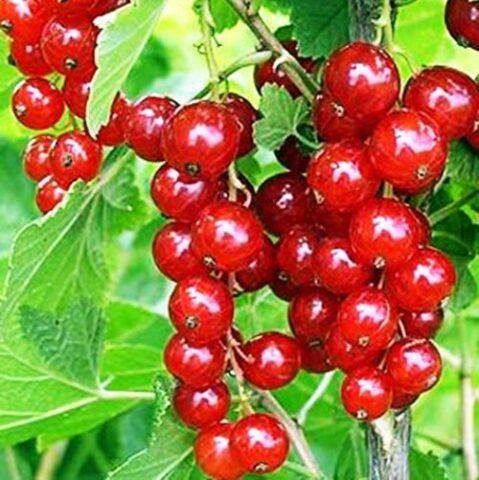
Darnitsa red currant berries pleasantly surprise with their size, taste and aroma
Pros:
- high productivity;
- low maintenance requirements;
- resistance to frost and drought;
- self-fertility;
- excellent immunity to major diseases;
- relatively early maturation;
- versatility in use.
Minuses:
- average shelf life and transportability;
- the bushes are spreading and growing;
- Regular watering is required.
Features of planting and care
Darnitsa red currant seedlings are purchased from trusted suppliers in early April. They need to be examined carefully. The shoots must be healthy and the roots moist. Leaves must be checked for foreign stains. The optimal height of the seedling is 30–35 cm.
The site for planting is prepared the day before in the fall;
- clear of weeds;
- dig with a shovel on a bayonet;
- add humus or compost at the rate of 1 bucket per 2 m2;
- if the soil is clayey, cover the same area with 1 kg of sawdust or sand.
At the beginning of April, several planting holes 50–60 cm deep are dug. Small stones are placed at the bottom. Landing algorithm:
- The roots of Darnitsa red currant seedlings are soaked in a growth stimulator: “Epin”, “Kornevin”.
- Carefully straighten, plant at an angle of 45 degrees, as shown in the diagram.
- Sprinkle with fertile soil with peat, compost or humus.
- Add 2 tsp to each well. wood ash.
- The root collar is deepened by 5–7 cm.
- Compact and water.
- After a month, add more soil, compact it a little again and mulch with peat, sawdust, straw or other material.
The red currant variety Darnitsa is unpretentious, but in the first 1.5 months the seedlings need special care. At this time, they are watered 2-3 times a month with warm, settled water (5 liters per plant). When planting or a week after this, total pruning is carried out, leaving shoots no more than 30 cm high (with 4–5 buds).
If the soil is fertilized, additional fertilizing is not needed in the first season. To obtain a good currant harvest (starting from the second year), it is regularly fertilized according to the following schedule (all dosages are indicated for one bush):
- At the beginning of April - nitrogen fertilizer (urea 20 g or ammonium nitrate 15 g per 10 l).
- During flowering and during the formation of ovaries - complex mineral fertilizer (30–40 g per 10 l).
- After harvesting, red currants can be fed with wood ash (100–200 g) or given a mixture of superphosphate and potassium salt (1 tablespoon each).
Starting from the end of June, when fertilizing, it is necessary to completely eliminate nitrogen-containing components.
Another care tip is regular (every spring) pruning of currant bushes. They do this at the end of March, when the snow has melted, but sap flow has not yet begun. It is necessary to remove all diseased and damaged branches. It is not necessary to cover the bush for the winter. In regions with a harsh climate, it is better to sprinkle young seedlings with leaves, sawdust, pine needles, straw or other materials.
Conclusion
Red currant Darnitsa is an unpretentious variety that produces consistently high yields even with minimal care. Particular attention should be paid to watering and fertilizing. The rest of the rules of agricultural technology are standard: weeding, pruning, loosening the soil.
